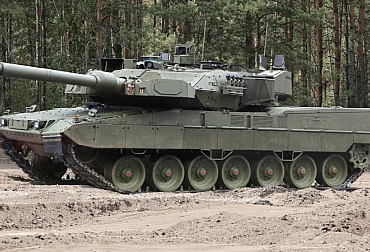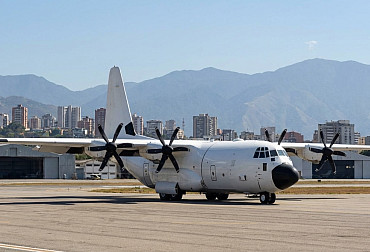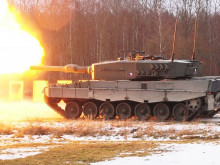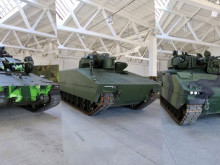What has been achieved under Defence Minister Metnar and what still needs to be completed
Lubomír Metnar has been the Minister of Defence of the Czech Republic since June 2018. In terms of modernising the Czech Armed Forces, he has managed to conclude a number of necessary acquisitions and other projects to achieve the required capabilities of the Czech Armed Forces, making Metnar one of the most successful Ministers of Defence since 1989. Now a new government is being formed, including a new defence minister, and Metnar's period of leadership of the defence ministry is coming to an end. Therefore, it would be good to recall what has been achieved under his administration and what should be completed under the new leadership of the defence ministry.
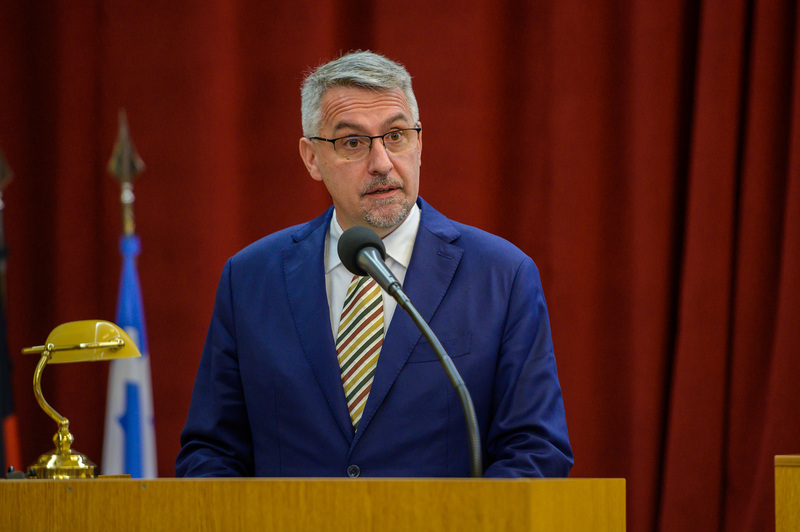 Picture: Lubomír Metnar (pictured) has been the Czech Republic's minister of defence since June 2018. In terms of modernising the Czech Army's forces, he has managed to conclude a number of necessary acquisitions and other projects to achieve the required capabilities of the Czech Armed Forces, making Metnar one of the most successful defence ministers since 1989. | Ministry of Defence of the Czech Republic
Picture: Lubomír Metnar (pictured) has been the Czech Republic's minister of defence since June 2018. In terms of modernising the Czech Army's forces, he has managed to conclude a number of necessary acquisitions and other projects to achieve the required capabilities of the Czech Armed Forces, making Metnar one of the most successful defence ministers since 1989. | Ministry of Defence of the Czech Republic
It should be noted in advance that the MoD's performance with Metnar at the helm has been significantly and unprecedentedly affected by the COVID-19 pandemic, which is still being fought and the Army is on the front line. Another unpleasant event was the threat of a ten billion crowns reduction in the defence budget, which was forced on the Government by the Communists earlier this year. Should this happen, Metnar threatened to resign as defence minister at the time. In the end, despite a number of delays, the Ministry of Defence got its money, temporarily transferred to the Government's budget reserve (to deal with the ongoing coronavirus pandemic). At the time, it was clearly a communist populist effort to hit the defence budget of an Alliance member state, and to some extent they succeeded. Some acquisitions were complicated by this.
Another important moment was the growth of spending on the operation of the ministry from CZK 59 billion in 2018 to more than CZK 85 billion this year, which is reflected in the overall growth rate of investment among the 30 NATO countries, where the Czech Republic is currently ranked seventh.
Since Metnar's arrival at the Ministry, a total of 42,000 contracts worth CZK 150 billion have been concluded across the ministry. Soldiers have thus received or will receive the modern equipment and equipment they desperately need. At the end of 2019, for example, the Ministry of Defence accepted the US offer of an intergovernmental agreement for the purchase of 8 UH-1Y Venom multirole helicopters and 4 AH-1Z Viper attack helicopters. By the end of 2023, the new helicopters should be in the armament of our Army, where they will replace the Russian Mi-24/35 attack helicopters. In the matter of the acquisition of the multi-purpose helicopters, the Office for the Protection of Competition subsequently fined the Ministry of Defence for not settling the objections of the Italian company Leonardo. This is CZK 550 million already paid by the Ministry. The MoD is defending itself against the fine through the courts. The fine does not affect the performance of the signed contract or the delivery of four Vipers and eight Venoms.
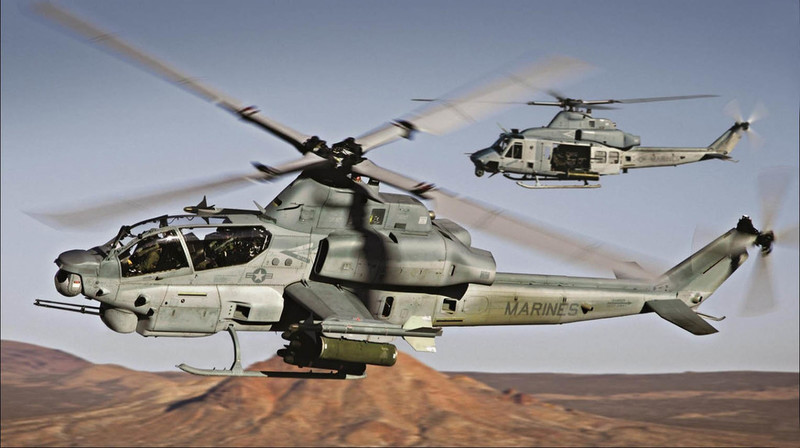
Picture: In late 2019, the Ministry of Defence accepted the US offer of an intergovernmental agreement to purchase 8 UH-1Y Venom multi-role helicopters and 4 AH-1Z Viper attack helicopters (pictured in the foreground). | Ministry of Defence of the Czech Republic
In May and July this year, representatives of the Armament and Acquisition Section took delivery of two CASA C-295MW aircraft under the December 2019 purchase agreement, bringing the total number of these machines to six.
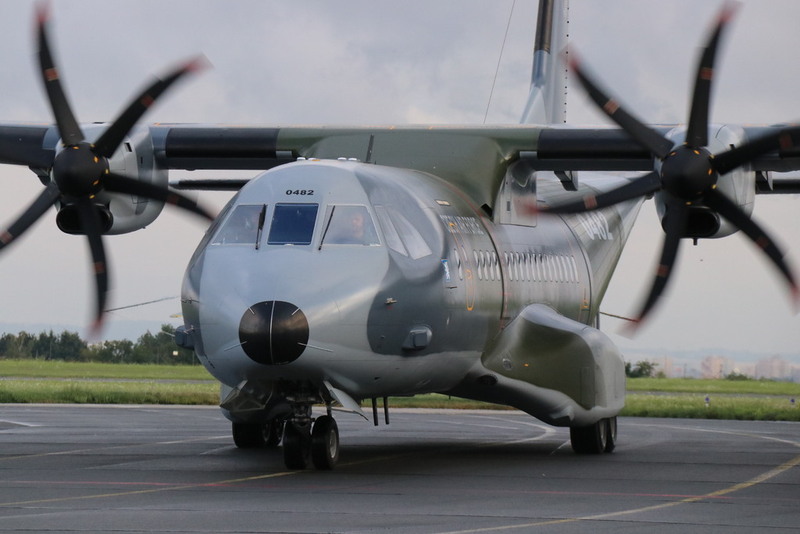 Picture: In May and July this year, representatives of the Armaments and Acquisitions Section took delivery of two CASA C-295MW aircraft under the December 2019 purchase agreement, bringing the total number of these aircraft to six. | Ministry of Defence of the Czech Republic
Picture: In May and July this year, representatives of the Armaments and Acquisitions Section took delivery of two CASA C-295MW aircraft under the December 2019 purchase agreement, bringing the total number of these aircraft to six. | Ministry of Defence of the Czech Republic
Also in August this year, the first units were handed over Toyota Hilux vehicles, which were delivered by Glomex MS under a November 2020 contract. These off-road pick-ups replace the UAZ museum vehicles and the out-of-production Land Rover Defender vehicles. A total of 1 200 units are expected to be delivered by 2024 under the framework contract.
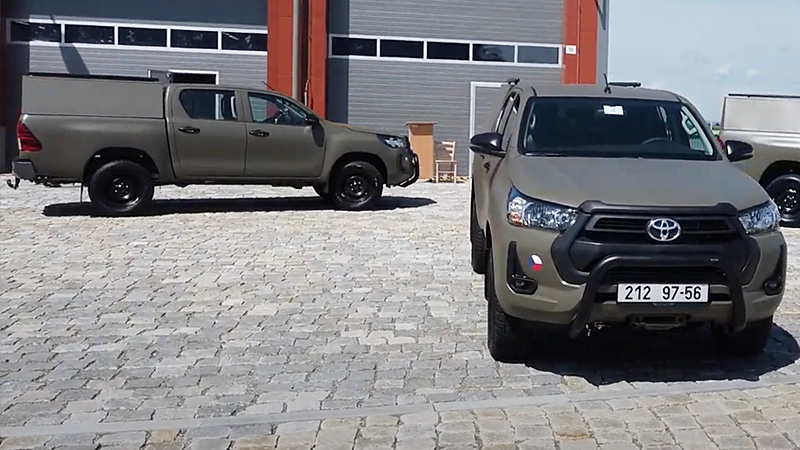
Picture: Toyota Hilux vehicles (pictured) are replacing UAZ museum vehicles and out-of-production Land Rover Defender vehicles in the Army. A total of 1,200 units should be delivered by 2024 under the framework contract. | Ministry of Defence of the Czech Republic
Two of the most important purchases have been completed recently. These are French NATO calibre guns (Caesar on Tatra chassis) and Israeli SHORAD anti-aircraft systems. Both of the above-mentioned signed contracts guarantee a high share of domestic industry and relative self-sufficiency of the Czech Republic in their operation. The contracts will then be fulfilled over several years, which will also benefit the future Minister or Minister of Defence (there is talk of Jana Černochová).
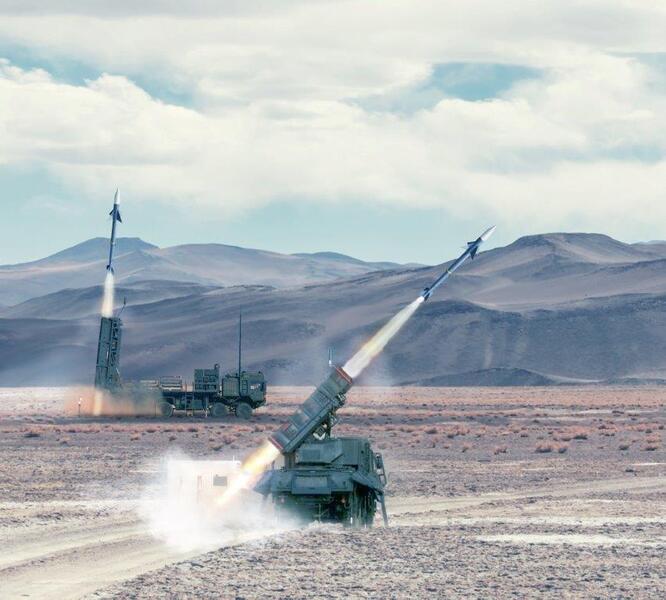 Picture: SPYDER - Short and medium range anti-aircraft missile set (SHORAD) | Ministry of Defence of the Czech Republic
Picture: SPYDER - Short and medium range anti-aircraft missile set (SHORAD) | Ministry of Defence of the Czech Republic
Another important piece of information is the fact that both projects were not implemented by way of a tender, but were implemented by way of a government-to-government purchase (the SPYDER anti-aircraft system), and in the case of the Caesar howitzers it was a direct approach to the French manufacturer, the state enterprise Nexter Systems, after the ministry had conducted and evaluated a marketing survey. Both projects were carried out without any suspicions of corruption and without any significant problems in the acquisition process (apart from the increase in the originally calculated prices due to time delays and the consequences of the coronavirus pandemic).
In the context of the acquisition of the Caesar self-propelled guns, it is very positively evaluated that the Ministry of Defence pushed for the basic types of ammunition for these howitzers to be produced within the Czech industry in cooperation with STV GROUP a.s. and Explosia a.s.
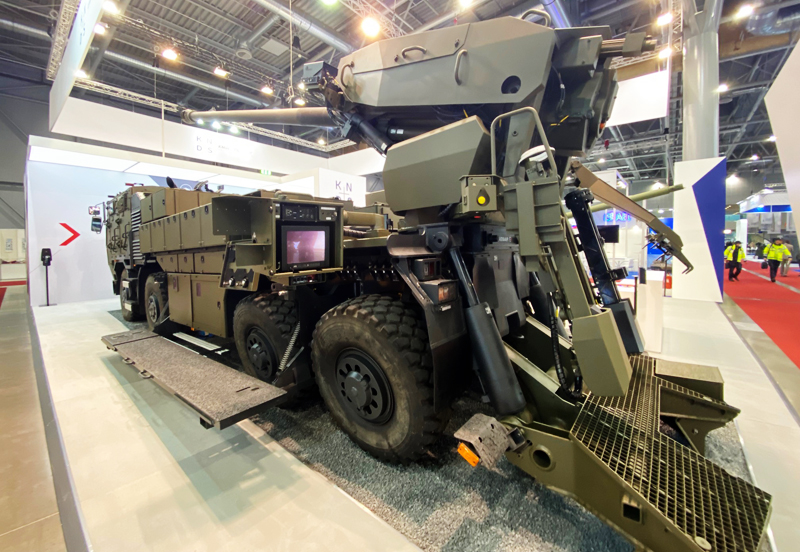 Picture: 155mm SpH CAESAR 8x8 at IDET 2021 | Martin Šiška / CZ Defence
Picture: 155mm SpH CAESAR 8x8 at IDET 2021 | Martin Šiška / CZ Defence
Another important milestone is the fact that under Metnar's leadership the Ministry of Defence managed to implement 97% of all concluded contracts with domestic suppliers. Thus, investments in defence are positively reflected in GDP growth, tax collection and employment.
A very high-profile project that has so far failed to be completed is undoubtedly the tender for the delivery of 210 tracked IFVs worth CZK 52 billion. At that time, anti-environmental measures postponed the testing of functional samples until April/May 2021, but other parallel deadlines meant that the contract could not be signed before the date of the regular elections, which became definitively certain the moment the bidders asked for a postponement of the deadline for submitting the final bids. The new deadline was 1 September. Then, two months later, on Friday 5 November, the expert committee of the Ministry of Defence announced that none of the three renowned companies, i.e. the British-Swedish BAE Systems, the American-Spanish GDELS and the German Rheinmetall, met the requirements of the contracting authority. The formal criteria set by the project team were so demanding and complicated that none of the three competitors could clearly commit to meeting them. Only time will tell how the above tender will turn out.
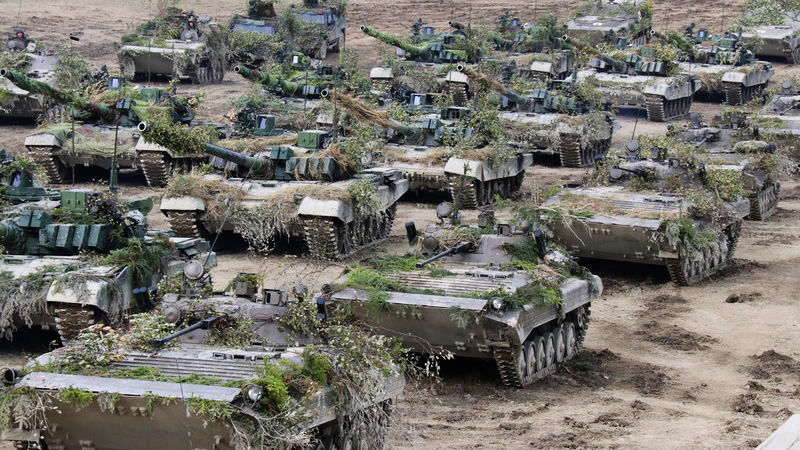 Picture: Probably the most important and the most current problem of the Ministry of Defence are some of the long-drawn-out acquisitions of new equipment. It is mainly the often mentioned acquisition of new tracked IFVs. This will be one of the biggest challenges for the new leadership of the Ministry of Defence. (illustration photo) | Ministry of Defence of the Czech Republic
Picture: Probably the most important and the most current problem of the Ministry of Defence are some of the long-drawn-out acquisitions of new equipment. It is mainly the often mentioned acquisition of new tracked IFVs. This will be one of the biggest challenges for the new leadership of the Ministry of Defence. (illustration photo) | Ministry of Defence of the Czech Republic
Of the required number of 210 new tracked IFVs, about one third are to be non-combat variants - ambulances, workshops or artillery observation posts. Considering the current or future economic situation of the Czech Republic, which will surely also affect the defence budget, the question is whether it would not be not only financially but also strategically more advantageous for the Czech Army to place some of the support vehicles on wheels instead of tracks. Modern wheeled chassis have similar ground clearance to tracked chassis, and for strategic mobility the wheeled platform is much more advantageous. A wheeled vehicle can move hundreds of kilometres on its own axis, whereas tracked IFVs require trailers, which, incidentally, the original project to deliver new IFVs did not envisage.
However, the main combat force of the heavy brigade (7th Mechanised Brigade) is tanks, currently represented by one battalion of T-72M4 CZ tanks. It has already been shown several times that there are notorious problems with their operability. From a logistical point of view, it is very challenging to operate such a unique system as the T72M4 CZ tanks, moreover, only within our Army and in a quantity of several dozen units. At present, the project of the so-called evaluation of these tanks is being addressed, but in practice it is primarily about bringing them to a combat-ready state, not about their significant modernisation. For this reason, it is a good idea to think about the question of possible new tanks now.
In the future it would also be good to take into account the new conditions after the withdrawal of NATO troops from Afghanistan, when the priority of the alliance changed to territorial defence and conventional deterrence of the Russian threat.











